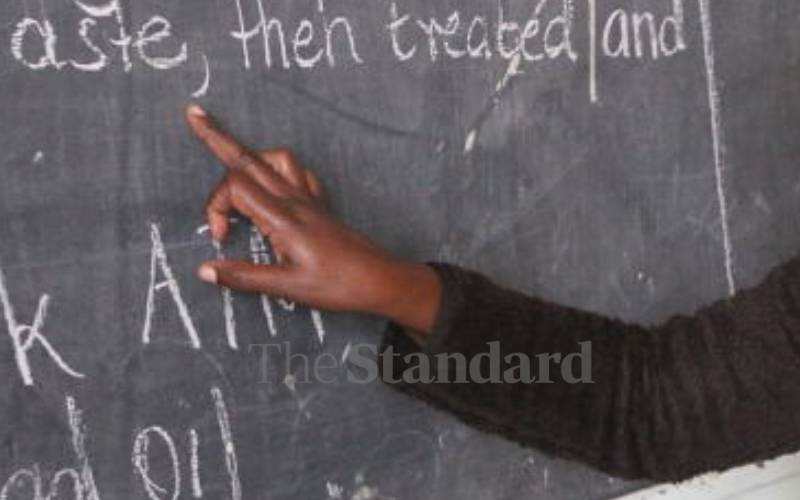×
The Standard e-Paper
Truth Without Fear

Parents worry when they find out that their children have learning difficulties. [Jonah Onyango, Standard]
Few things are more heart-wrenching to a parent than realising that their child has learning difficulties. Every parent wants and expects their child to be ‘normal’ if not above average.